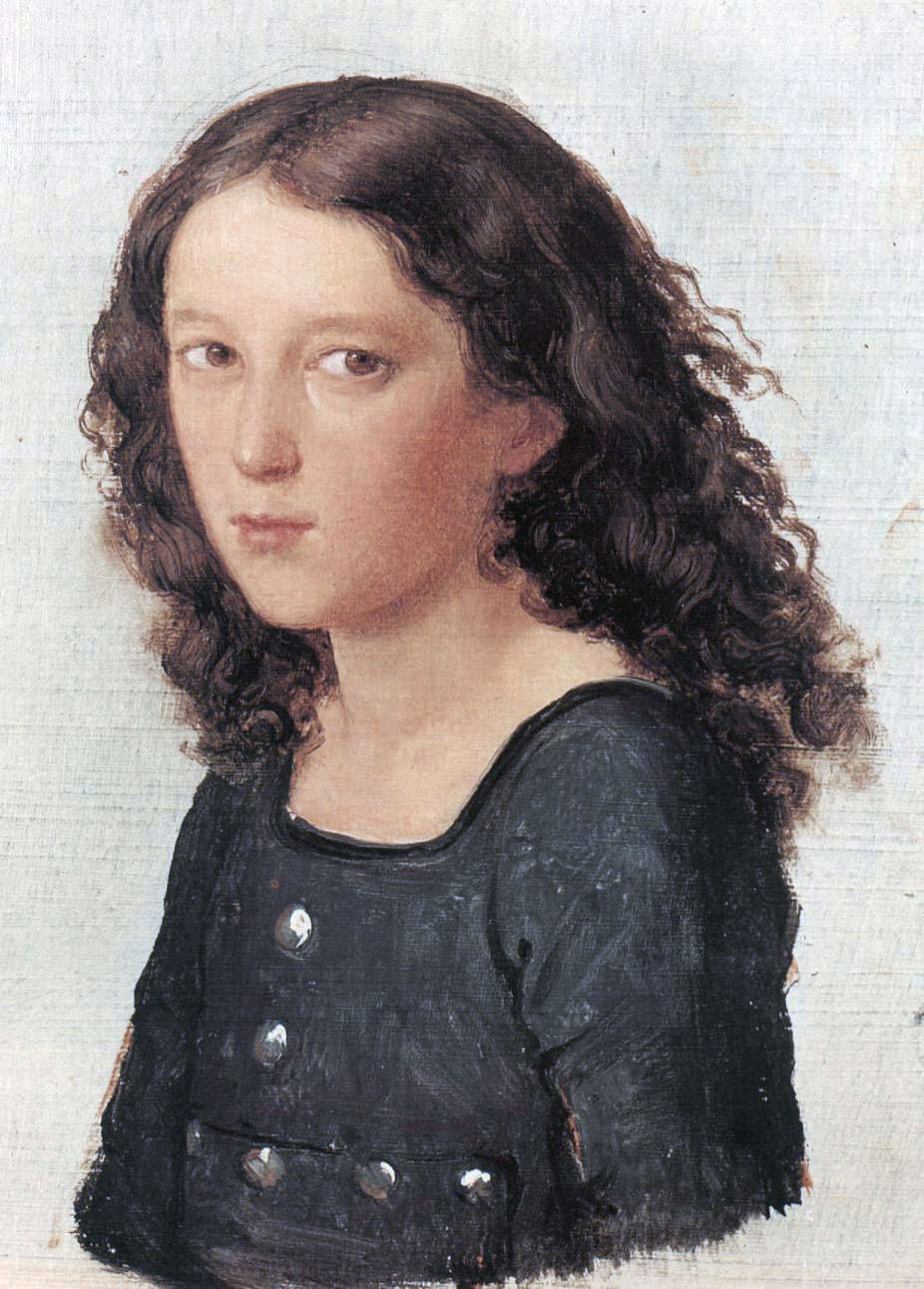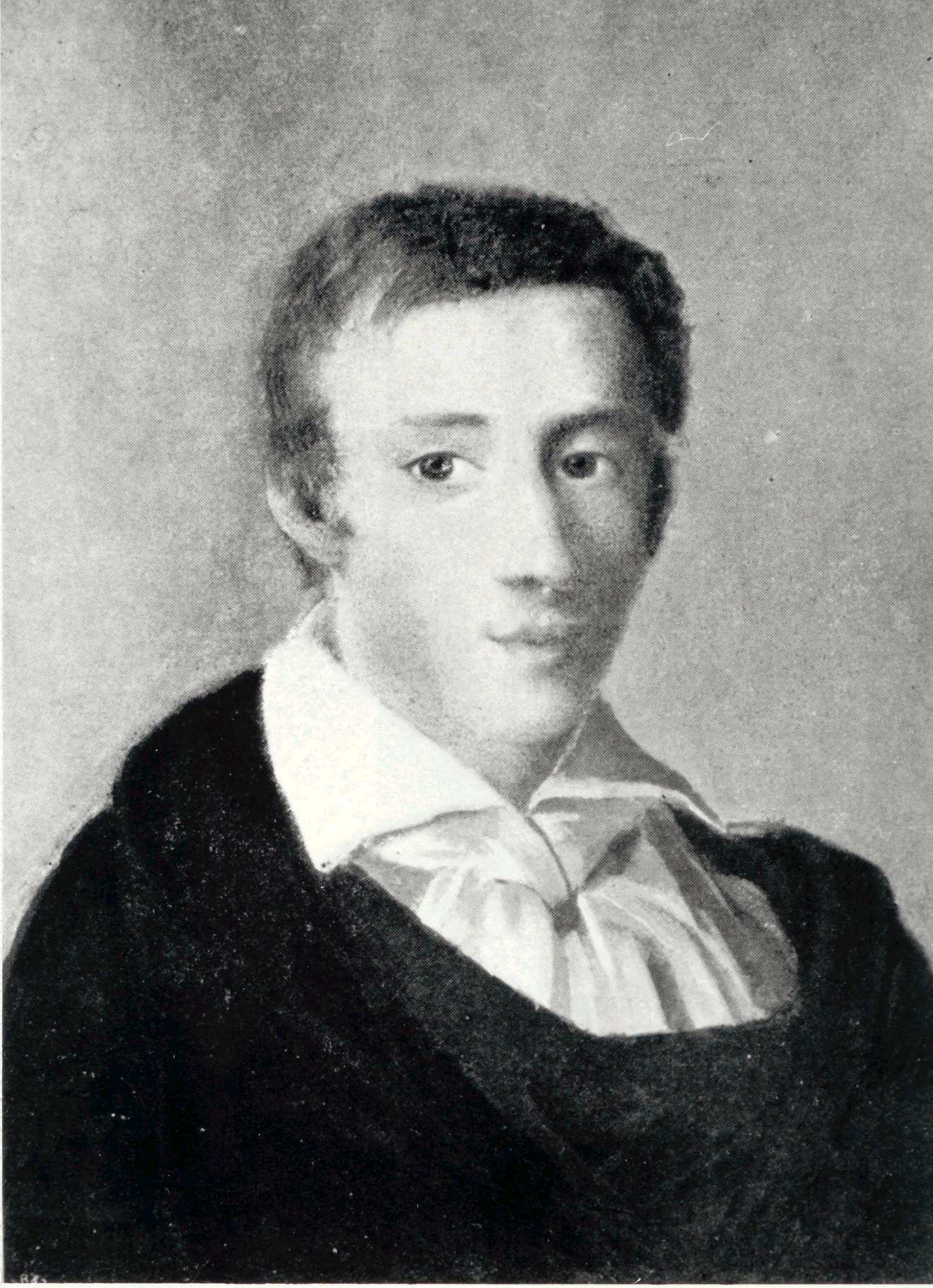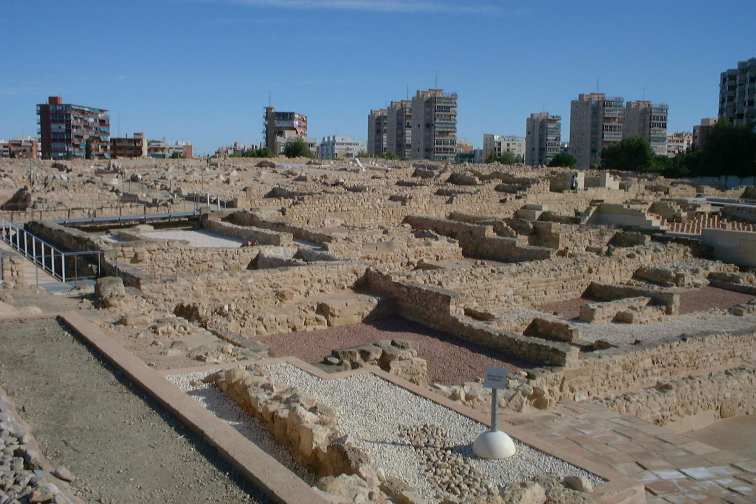|
Francisco Tárrega
Francisco de Asís Tárrega y Eixea (21 November 185215 December 1909) was a Spanish composer and classical guitarist of the late Romantic period. He is known for such pieces as '' Capricho Árabe'' and '' Recuerdos de la Alhambra''. Biography Tárrega was born on 21 November 1852, in Villarreal, Province of Castellón, Spain. It is said that Francisco's father played flamenco and several other music styles on his guitar; when his father was away working as a watchman at the Convent of San Pascual, Francisco would take his father's guitar and attempt to make the beautiful sounds he had heard. Francisco's nickname as a child was "Quiquet". As a child, he ran away from his nanny and fell into an irrigation channel and injured his eyes. Fearing that his son might lose his sight completely, his father moved the family to Castellón de la Plana to attend music classes because as a musician he would be able to earn a living, even if blind. Both his first music teachers, Eugeni Ruiz an ... [...More Info...] [...Related Items...] OR: [Wikipedia] [Google] [Baidu] |
Villarreal
Villarreal (officially, in ) is a city and municipality in the province of Castellón which is part of the Valencian Community in the east of Spain. The town is located at 42 m above sea level, 7 km to the south of the province's capital ( Castelló de la Plana). Villarreal is separated from Castelló de la Plana by the Millars River. It has 51,367 inhabitants (2010 data), most of them living in the urban area that covers about 10.7% of its ''comarca's'' 55.4 km2 surface. Ranked by population, it is the second-largest city in the province (after the capital), and fifteenth in the Valencian Community. The town was founded with royal status by King James I of Aragon in 1274 during his campaign to regain Muslim territory in present-day Valencia during the Reconquista. It later became an agricultural centre for orange cultivation, and more recently a centre for the ceramics industry. The city is the birthplace of Francisco de Asís Tárrega y Eixea (1852–1909) who wa ... [...More Info...] [...Related Items...] OR: [Wikipedia] [Google] [Baidu] |
Antonio De Torres
Antonio de Torres Jurado (13 June 1817 – 19 November 1892) was a Spanish guitarist and luthier, and "the most important Spanish guitar maker of the 19th century." It is with his designs that the first recognizably modern classical guitars are to be seen. Most acoustic guitars in use today are derivatives of his designs. Biography Antonio de Torres was the son of Juan Torres, a local tax collector, and Maria Jurado. As was common, when he was 12 he started an apprenticeship as a carpenter. In 1833, a dynastic war broke out, and soon after Torres was conscripted into the army. Through his father's machinations, young Antonio was dismissed as medically unfit for service. As only single men and widowers without children were subject to conscription, in 1835 his family pushed Torres into a hastily arranged marriage to Juana María López, the 13-year-old daughter of a shopkeeper. Children soon followed: a daughter in 1836, another in 1839, and a third in 1842, who died a few month ... [...More Info...] [...Related Items...] OR: [Wikipedia] [Google] [Baidu] |
Felix Mendelssohn
Jakob Ludwig Felix Mendelssohn Bartholdy (3 February 18094 November 1847), widely known as Felix Mendelssohn, was a German composer, pianist, organist and conductor of the early Romantic music, Romantic period. Mendelssohn's compositions include symphony, symphonies, concertos, piano music, organ music and chamber music. His best-known works include the Overture#Concert overture, overture and incidental music for ''A Midsummer Night's Dream (Mendelssohn), A Midsummer Night's Dream'' (which includes his "Wedding March (Mendelssohn), Wedding March"), the ''Symphony No. 4 (Mendelssohn), Italian'' and ''Symphony No. 3 (Mendelssohn), Scottish'' Symphonies, the oratorios ''St. Paul (oratorio), St. Paul'' and ''Elijah (oratorio), Elijah'', the ''The Hebrides (overture), Hebrides'' Overture, the mature Violin Concerto (Mendelssohn), Violin Concerto, the Octet (Mendelssohn), String Octet, and the melody used in the Christmas carol "Hark! The Herald Angels Sing". Mendelssohn's ''Songs W ... [...More Info...] [...Related Items...] OR: [Wikipedia] [Google] [Baidu] |
Frédéric Chopin
Frédéric François Chopin (born Fryderyk Franciszek Chopin; 1 March 181017 October 1849) was a Polish composer and virtuoso pianist of the Romantic period who wrote primarily for Piano solo, solo piano. He has maintained worldwide renown as a leading composer of his era whose "poetic genius was based on a professional technique that was without equal in his generation". Chopin was born in Żelazowa Wola and grew up in Warsaw, which in 1815 became part of Congress Poland. A child prodigy, he completed his musical education and composed his early works in Warsaw before leaving Poland at age 20, less than a month before the outbreak of the November Uprising, November 1830 Uprising; at 21, he settled in Paris. Thereafter he gave only 30 public performances, preferring the more intimate atmosphere of the Salon (gathering), salon. He supported himself, selling his compositions and giving piano lessons, for which he was in high demand. Chopin formed a friendship with Franz Liszt ... [...More Info...] [...Related Items...] OR: [Wikipedia] [Google] [Baidu] |
Ludwig Van Beethoven
Ludwig van Beethoven (baptised 17 December 177026 March 1827) was a German composer and pianist. He is one of the most revered figures in the history of Western music; his works rank among the most performed of the classical music repertoire and span the Transition from Classical to Romantic music, transition from the Classical period (music), Classical period to the Romantic music, Romantic era. His early period, during which he forged his craft, is typically considered to have lasted until 1802. From 1802 to around 1812, his middle period showed an individual development from the styles of Joseph Haydn and Wolfgang Amadeus Mozart, and is sometimes characterised as heroic. During this time, Beethoven began to grow increasingly Hearing loss, deaf. In his late period, from 1812 to 1827, he extended his innovations in musical form and expression. Born in Bonn, Beethoven displayed his musical talent at a young age. He was initially taught intensively by his father, Johann van Bee ... [...More Info...] [...Related Items...] OR: [Wikipedia] [Google] [Baidu] |
Francisco Tárrega Full
Francisco is the Spanish and Portuguese form of the masculine given name ''Franciscus''. Meaning of the name Francisco In Spanish, people with the name Francisco are sometimes nicknamed "Paco". San Francisco de Asís was known as ''Pater Communitatis'' (father of the community) when he founded the Franciscan order, and "Paco" is a short form of ''Pater Communitatis''. In areas of Spain where Basque is spoken, "Patxi" is the most common nickname; in the Catalan areas, "Cesc" (short for Francesc) is often used. In Spanish Latin America and in the Philippines, people with the name Francisco are frequently called "Pancho". " Kiko"and "Cisco" is also used as a nickname, and "Chicho" is another possibility. In Portuguese, people named Francisco are commonly nicknamed " Chico" (''shíco''). People with the given name * Pope Francis (1936-2025) is rendered in the Spanish, Portuguese and Filipino languages as Papa Francisco * Francisco Acebal (1866–1933), Spanish writer and author ... [...More Info...] [...Related Items...] OR: [Wikipedia] [Google] [Baidu] |
Lágrima (Tárrega)
''Lágrima'' (Teardrop) is a romantic prelude for solo guitar by Spanish guitarist Francisco Tárrega. It is one of the best-known original compositions by Tárrega. It has been published by Ildefonso Alier. Analysis ''Lágrima'' is a very short miniature consisting of only 16 bars. It takes around 2 minutes to perform and its tempo marking is andante. It has an A-B-A structure, section A being in E major and B in E minor E minor is a minor scale based on E, consisting of the pitches E, F, G, A, B, C, and D. Its key signature has one sharp, on the F. Its relative major is G major and its parallel major is E major. The E natural minor scale is: Change ..., and has been overwhelmingly highlighted by critics because of its simplicity and melancholic atmosphere. Each section has 8 bars. Section A consists of a very simple and predictable melody with quarter notes and dotted half notes, while the accompaniment has eighth notes. Section B turns a little bit less ... [...More Info...] [...Related Items...] OR: [Wikipedia] [Google] [Baidu] |
Pedro Calderón De La Barca
Pedro Calderón de la Barca y Barreda González de Henao Ruiz de Blasco y Riaño (17 January 160025 May 1681) (, ; ) was a Spanish dramatist, poet, and writer. He is known as one of the most distinguished Spanish Baroque literature, poets and writers of the Spanish Golden Age, especially for the many verse dramas he wrote for Spanish Golden Age theatre, the theatre. Calderón has been termed "the Spanish Shakespeare", the national poet of Spain, and one of the greatest poets and playwrights in the history of world literature. Calderón de la Barca was born into the minor Spanish nobility in Madrid, where he lived for most of his life. He served as soldier and a knight of the Military order (religious society), military and religious Order of Santiago, but later became a Roman Catholic priest. His theatrical debut was a history play about the life of King Edward III of England, was first performed on 29 June 1623 at the Royal Alcázar of Madrid, during the surprise visit to Spa ... [...More Info...] [...Related Items...] OR: [Wikipedia] [Google] [Baidu] |
Odéon-Théâtre De L'Europe
The Odéon-Théâtre de l'Europe (; "European Music Hall"; formerly the Théâtre de l'Odéon ; "Music Hall") is one of France's six national theatres. It is located at 2 Rue Corneille in the 6th arrondissement of Paris on the left bank of the Seine, next to the Luxembourg Garden and the Luxembourg Palace, which houses the Senate. First theatre The original building, the Salle du Faubourg Saint-Germain, was constructed for the Théâtre Français between 1779 and 1782 to a Neoclassical design by Charles De Wailly and Marie-Joseph Peyre. The site was in the garden of the former Hôtel de Condé. The new theatre was inaugurated by Marie-Antoinette on April 9, 1782. It was there that Beaumarchais' play ''The Marriage of Figaro'' was premiered two years later. On April 27, 1791, during the Revolution, the company split. The players sympathetic to the crown remained in the theatre in the Faubourg Saint-Germain. They were arrested and incarcerated on the night of September 3, 1 ... [...More Info...] [...Related Items...] OR: [Wikipedia] [Google] [Baidu] |
Alicante
Alicante (, , ; ; ; officially: ''/'' ) is a city and municipalities of Spain, municipality in the Valencian Community, Spain. It is the capital of the province of Alicante and a historic Mediterranean Sea, Mediterranean port. The population of the city was 337,482 , the second-largest in the Valencian Community. Toponymy The name of the city echoes the Arabic name ''Laqant'' (), ''al-Laqant'' (اللَّقَنْت) or ''Al-qant'' (), which in turn reflects the Latin ''Lucentum'' and Greek root ''Leuké'' (or ''Leuka''), meaning "white". History The area around Alicante has been inhabited for over 7,000 years. The first tribes of hunter-gatherers moved gradually from Central Europe between 5000 and 3000 BC. Some of the earlier settlements were made on the slopes of Mount Benacantil. By 1000 BC, Ancient Greece, Greek and Phoenician traders had begun to visit the eastern coast of Spain, establishing small trading ports and introducing the native Iberian tribes to the alpha ... [...More Info...] [...Related Items...] OR: [Wikipedia] [Google] [Baidu] |
Novelda
Novelda (, ; ) is a town located in the province of Alicante, Spain. , it has a total population of 27,135 inhabitants. Novelda has important quarries and mines of marble, limestone, silica, clay and gypsum. It is a major centre of the marble industry. It was probably settled by Greeks, although it was controlled by Carthaginians and Romans. Some centuries later it was conquered from the Moors by a son of Ferdinand III of Castile. Places of tourist interest in Novelda include the monastery of ''Santa Maria Magdalena'' (dated from the 19th century), which has a church designed by a disciple of Antoni Gaudí, the Moorish castle of the ''Mola'', with its unique triangular tower, and the Museum of Modernism. This is a well preserved art nouveau house with original artifacts from the 1920s. The house itself is a work of art. The House-Museum is located in a modernist building designed by Pedro Cerdan Martinez (1863-1947) and is now a centre for modernist research and promotion. Ther ... [...More Info...] [...Related Items...] OR: [Wikipedia] [Google] [Baidu] |
Daniel Fortea
Daniel Fortea i Guimerà (28 April 1878 in Benlloc, Spain – 5 March 1953 in Castellón de la Plana, Spain) was a Spanish guitarist, composer, and music educator. Biography In his childhood, Fortea learned the clarinette, guitar and bandurria. From 1898 until 1909 he studied with Francisco Tárrega in Castellón de la Plana. His fellow students were, among others, Emilio Pujol and Miguel Llobet. In 1909 Fortea founded in Madrid his own music school and began the Fortea Library, one of the most important collections of music for guitar. He also concertized and wrote works for guitar. One of his disciples was Paulino Bernabe Senior, who became a noted luthier. 2 November 2010 Works for guitar (incomplete listing) * ''Alegrías sobre t ...[...More Info...] [...Related Items...] OR: [Wikipedia] [Google] [Baidu] |






